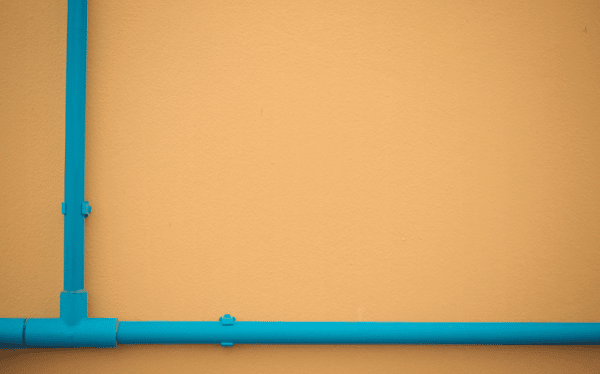If you have to replace the supply line in your toilet, the first step is to find the right length of stainless-steel hose. It should be the same length as the old one, although most plumbers and homeowners choose a longer one. The ends should be the same size, as well. After measuring the new line, connect it to the toilet and inspect the ends for size compatibility. Then, you can replace the shut-off valve and flapper valve.
Replace a toilet shut-off valve
To install a new shut-off valve, remove the old one. Turn the shut-off valve in a clockwise direction, or quarter-turn the valve if it is a gate valve. Alternatively, place a shallow bowl or bucket underneath the toilet tank to catch any excess water. Alternatively, you can use a wrench to unscrew the valve nut or turn it counterclockwise to loosen it.
First, disconnect the water supply line from the valve. The supply line is the flexible metal hose that runs from the toilet tank to the valve. If the supply line leaks, you should stop using the toilet. Remove the valve by unscrewing the bolt and disconnecting the supply line from the valve. Afterward, install the new flexible stainless steel supply line, making sure to leave at least an inch of slack to make sure the line is in the correct location. At Candu Plumbers, we can fix any toilet repair in your area.
To install a new shut-off valve, remove the old one. Make sure the pipe is as long as possible. A longer pipe will make the valve fit better. Then, install a compression nut on the pipe and thread the new shut-off valve onto the compression ring. Tighten the nut with a wrench. After that, turn the water back on at the mains inlet and check to see if there are any leaks.
Replace a toilet flapper valve
To replace a toilet flapper valve, follow these simple steps. First, turn on the water supply line to your toilet. Next, remove the old flapper. The flapper valve is usually attached to the overflow tube by a chain. Slide the old flapper valve off of the pegs. You may need to unclip the arm attached to the flapper valve if it is attached to a metal chain. If you’ve never done this before, read on to find out how to properly replace a flapper valve.
To repair a toilet flapper valve, find the water supply line, which is located near the wall. If you find it is damaged, use a wrench to tighten the nut. Prepare a towel or bucket to catch any excess water. Turn the handle of the valve clockwise to shut off water. Make sure you don’t turn it counterclockwise – the water supply line is attached to the toilet tank, so you won’t accidentally turn it off.
Next, unscrew the bolt that connects the supply line to the valve. You’ll need a crescent wrench to remove it from the valve. Next, remove the old toilet shut-off valve. With this step, you’re ready to install the new flapper valve. When you’ve finished, be sure to turn the water supply back on. If you have any questions or need more information, please contact us.
Check for leaks in a toilet supply line
If you’ve noticed water leaking from your toilet, chances are the supply line is leaking. A broken or rusted bolt can result in a leak. Replace the washers on the ends of the supply line, and reattach them. Replace the nuts, too, if necessary. To make the installation easier, purchase flexible stainless steel water flex. Stainless steel water flex is much easier to install and more reliable.
First, remove the fittings on the tank. You may find plastic compression nuts or threaded connections. Unscrew these nuts and tighten them with pliers. Repeat this process until the water stops leaking. You should not over-tighten the bolts. After the leaks have been repaired, disinfect the area with a disinfectant cleaner and disinfectant solution. Alternatively, replace the tank.
If you suspect a toilet water supply line leak, shut off the water supply first and use a pencil to mark the top of the tank. Wait twenty or thirty minutes, then turn the water back on and see if the water level drops. If it stays the same, the leak is likely the toilet fill valve or shutoff valve. Otherwise, you may need to call an expert plumber. When you’ve found the leak, reattach the water supply line and test it for leaks.



